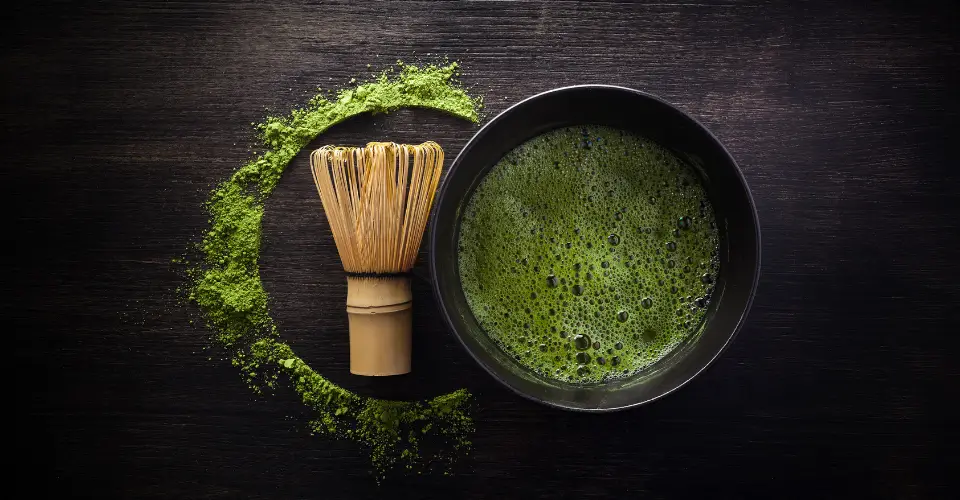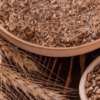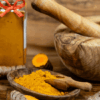Matcha: The Green Gold of Tea Culture
Matcha, the finely ground green tea powder, has gained worldwide popularity not only for its vibrant color and distinct flavor but also for its impressive health benefits. From traditional Japanese tea ceremonies to modern lattes and desserts, matcha has become a staple in health-conscious lifestyles. Unlike regular green tea, matcha is made from shade-grown tea leaves that are carefully stone-ground into a fine powder, ensuring that every sip delivers a concentrated burst of nutrients and antioxidants
What makes matcha unique is its rich umami taste, which is achieved through a meticulous growing and processing method. The plants are shaded for several weeks before harvesting, allowing them to produce higher levels of chlorophyll and amino acids, resulting in the tea’s signature bright green hue and smooth, earthy flavor. Its versatility has made it a favorite among chefs, nutritionists, and tea enthusiasts alike, as it can be used in a wide range of recipes, from simple teas to elaborate desserts.
In this blog, we will explore the origins, nutritional benefits, applications, and some famous recipes from around the world that highlight this unique ingredient. Whether you are a long-time matcha lover or just beginning your journey into the world of green tea, this guide will provide you with valuable insights into why matcha is considered the “green gold” of tea culture.

A Brief History of Matcha
Matcha has a rich history dating back to ancient China during the Tang Dynasty (7th–10th century), where tea leaves were steamed and formed into bricks for easy transport and storage. However, it was during the 12th century that Japanese Buddhist monk Eisai brought powdered tea to Japan, where it evolved into the matcha we know today. Over time, matcha became an integral part of Japanese culture, particularly in the traditional tea ceremony known as “chanoyu.” Today, matcha is celebrated globally for its deep umami flavor and health-boosting properties
Nutritional Benefits of Matcha
Matcha is renowned for its high concentration of antioxidants, particularly catechins, which help fight free radicals and reduce inflammation. It is also a great source of L-theanine, an amino acid that promotes relaxation and mental clarity while balancing the stimulating effects of caffeine. Other key nutrients in matcha include:

Vitamins
Rich in vitamins A, C, E, and K
Minerals
Contains potassium, magnesium, and calcium
Detoxifying Properties
The chlorophyll content in matcha aids in natural detoxification.
Boosts Metabolism
Studies suggest that matcha may help enhance metabolism and support weight management
Applications of Matcha
Matcha is a versatile ingredient that goes beyond just tea. It can be incorporated into
Matcha-infused pasta, salad dressings, and sauces.

In Savory Dishes

In Beverages
Matcha lattes, smoothies, and energy shots.
Due to its antioxidant properties, matcha is used in face masks and beauty products

In Skincare

In Baking
Cakes, cookies, and bread
Famous Recipes from Around the World
Matcha has inspired numerous recipes across different cultures. Here are a few well-known ones
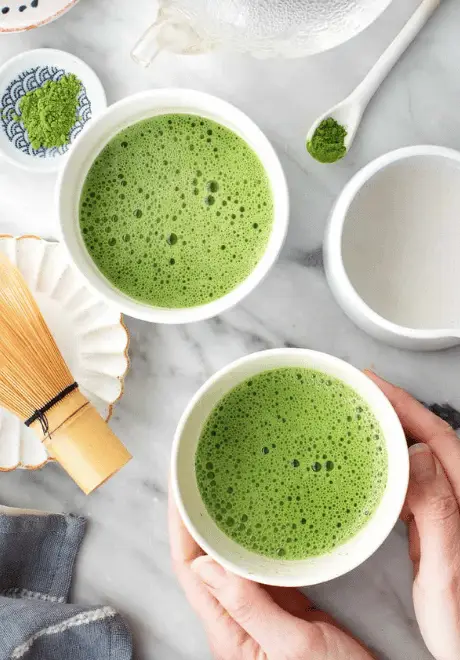
Traditional Matcha Tea (Japan)
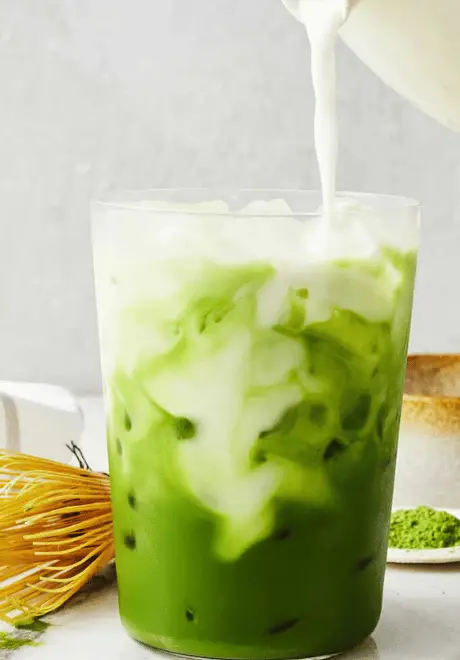
Matcha Latte (USA)
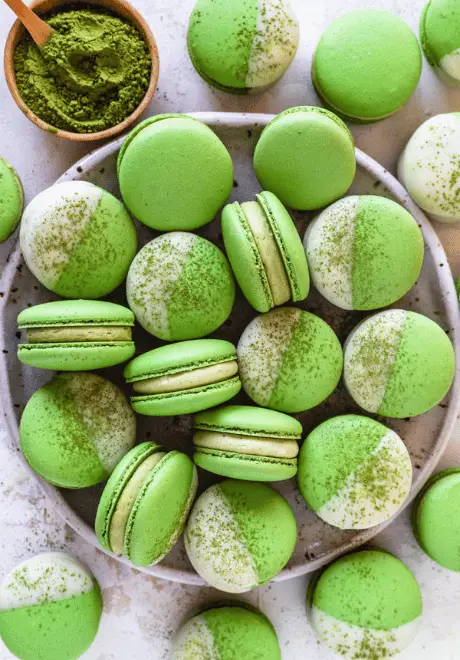
Matcha Macarons (France)
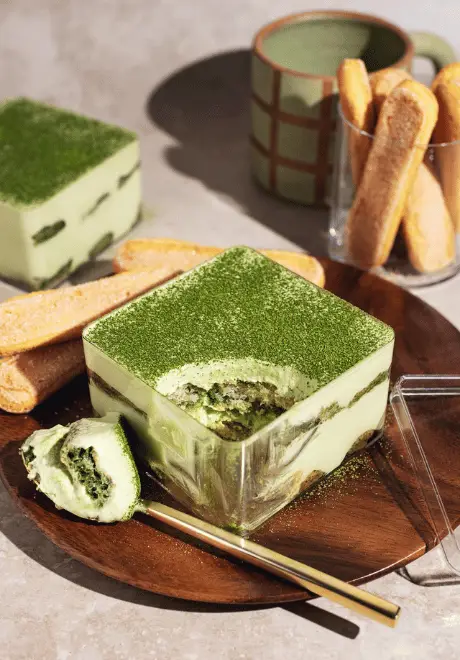
Matcha Tiramisu (Italy)
Fun Facts About Matcha
Samurai’s Secret Weapon
Samurai warriors drank matcha before battles for enhanced focus and endurance.
Antioxidant Powerhouse
One cup of matcha contains more antioxidants than ten cups of regular green tea.
The Shading Secret
Matcha trees are shaded for several weeks before harvest to increase their chlorophyll and amino acid content
Matcha is more than just a trendy ingredient; it is a timeless superfood with a rich history and incredible health benefits. Whether enjoyed as a warm tea, a refreshing latte, or an ingredient in culinary creations, matcha continues to captivate people worldwide. If you haven’t tried matcha yet, now is the perfect time to experience its unique taste and numerous benefits.

